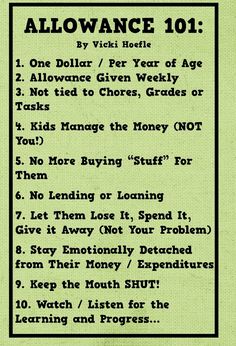
When it comes to investing early in life, you likely have two things on your side: time and flexibility. Although a 2015 survey found that most millennials don’t think they’ll have enough money saved for retirement, investing is one way to help build wealth for the future. Here are some of the best investments you can make in your 20s.
Real estate
If you have enough money set aside for a down payment, consider buying a home with rentable space, so you can live in one section and rent out the rest. Any rent you receive can help cover the mortgage and other expenses; the tax benefits of homeownership are substantial, and the home’s value will likely rise over time.
However, owning property comes with added costs, such as insurance, taxes and maintenance, while related income can drop if rental space goes unoccupied. There’s also the risk that property values might decline or rise only slowly, and if you wind up with an unruly tenant, evictions can be time-consuming and expensive. Unlike selling stocks or investment funds, you might find it harder to sell a home, should that become necessary. Property ownership generally should be regarded as a long-term investment.
401(k) plans
If your employer offers a 401(k) plan, it’s a good idea to participate and see whether a Roth option is available. If it is, you can designate some or all of your contributions for a Roth 401(k), which means you forgo an immediate tax benefit, but withdrawals, including any investment gains, are generally tax-free. Younger investors are often in a better position to invest in riskier vehicles such as stocks as part of their retirement accounts, because they have more time to recoup any losses they may suffer.
Index funds, or funds that track the index of a specific financial market, are typically an easy-to-manage way for investing in the stock market. From 2005 to 2015, for example, the Standard & Poor’s 500 Index of U.S. stocks grew an average of roughly 8% per year. While past performance doesn’t indicate future returns, $5,000 invested in an S&P 500 index fund that gains 8% annually, with $60 a month added to the investment, would produce a nest egg of about $200,000 in 35 years.
Of course, there are other alternatives such as investing in individual stocks or commodity funds. As you get closer to retirement, it’s smarter to take a less-risky approach by shifting money to more conservative investments such as government bonds. (Some brokers offer mutual funds that will do the rebalancing for you, investing heavily in stocks when you’re younger and moving the money more toward bonds as you approach retirement age.)
Roth IRA
If you don’t have a Roth 401(k) option, then a Roth IRA can be another way to accumulate tax-free wealth. These come with a contribution limit of $5,500 annually, along with other income-based restrictions. These funds can be invested similarly to a 401(k).
Keep in mind that investing retirement funds can expose you to the risk of losses. If you prefer the lowest possible risk, certificates of deposit offered by banks and similar savings certificates available from credit unions are generally insured for up to $250,000 but deliver relatively low returns.
As you decide how to invest your money, remember that starting now can make a big difference in determining the amount of money you’ll end up with later on, as any retirement calculator will indicate. Assess what investments make sense for you based on the money you have and the risk you’re willing to take to give your financial future a good boost.
© Copyright 2016 NerdWallet, Inc. All Rights Reserved
Thanks to our friends at NerdWallet for this informative post.


